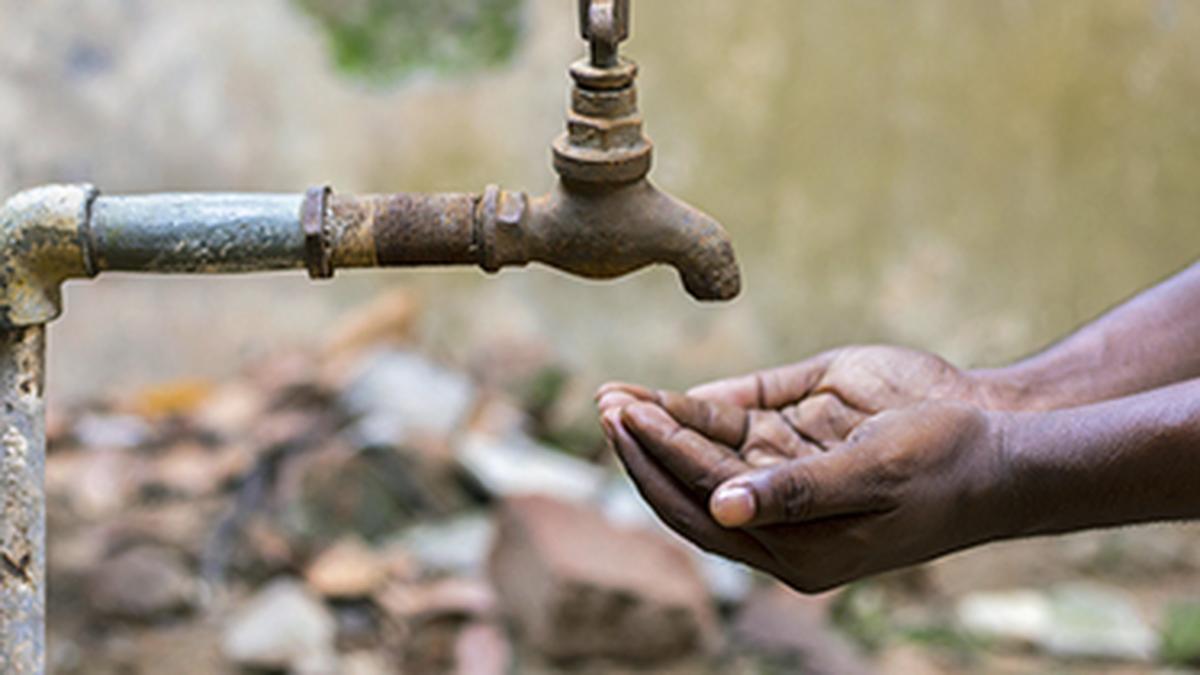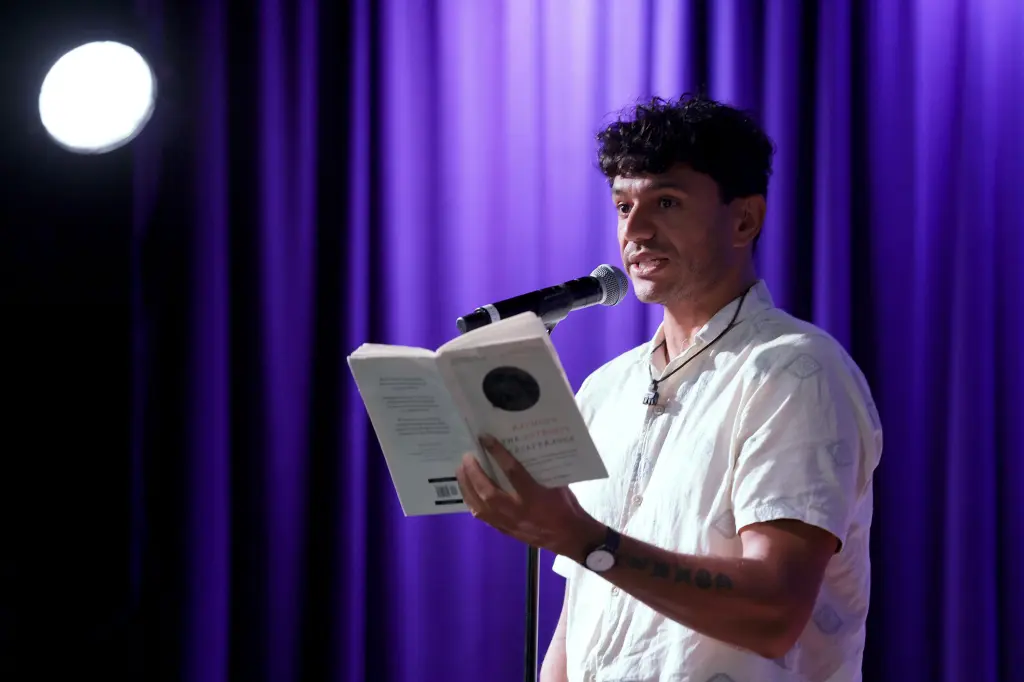By Bejoy K. Thomas Radhi
Copyright thehindubusinessline

With just five more years to reach the global goals under Agenda 2030, rapidly growing countries such as India are faced with unique challenges. Efforts at achieving development targets and better living standards have put enormous stress on the environment. There are tradeoffs between different Sustainable Development Goals (SDGs) with progress in one compromising on improvement in another.
Enhancing food security (SDG 2) requires intensifying agriculture which puts pressure on water resources (SDG 6). Additionally, development activities can adversely impact forests and biodiversity (SDG 15). Such complex interconnections call for an integrated thinking or a nexus approach to managing rapidly changing landscapes and basins.
Compared to the overwhelming focus on food-water-energy linkages, the nexus involving biodiversity has received far less attention in India. In villages and landscapes where programmes are implemented, siloed thinking has resulted in sectors such as forests, agriculture and water being treated separately, resulting in adverse and unintended consequences. The Upper Bhima Basin covering the biodiversity rich Bhimashankar Wildlife Sanctuary, several agriculture dependent villages and Pune city is an example.
The forested areas in the western zone of Upper Bhima are rich in biodiversity and protected by forest laws and the local forest dependent communities. While there has not been a major change in the landscape over the years, there have been increasing instances of human wildlife conflicts, and volatility of prices of non-timber forest products (NTFPs) particularly hirda (terminalia chebula), which the local communities depend on. With several reservoirs constructed across the landscape, it is also one of the most dammed regions in India. Dams obstruct the natural flow of water, impacting fish population and freshwater ecosystems. While future scenarios are unclear, any shifts in local climate will result in more changes in this region.
The central and downstream areas are dominated by agriculture, with cropping pattern changing in response to market preferences. The central areas are water rich accessing water from reservoirs as well as drawing upon groundwater. However the situation changes further downstream where there is an increased dependence on groundwater.
Farmers in these areas use canal water alongside groundwater, leading to overexploitation of groundwater to be used for crops such as sugarcane. There has been a decrease in the groundwater table with farmers digging more and deeper borewells.
Unequal distribution
In the peri-urban and urban areas water distribution is unequal, and where water is inadequate, households and industries depend on groundwater to meet their needs. Water allocation is emerging as a major problem with water being diverted from irrigation and rural areas to urban settings and industries. Pune city has seen increase in flood incidence with the floods in 2019 claiming lives and resulting in widespread damage. These have been attributed not to climatic variations but to increased urbanisation and poor planning.
The trajectory of Upper Bhima Basin is not unique and is indicative of changes that are happening in other regions in India. What then must be a vision for the future of similar landscapes? While the impact of several factors such as climate change remain uncertain, planning for further interventions should be based on an integrated or a nexus approach. A nexus approach acknowledges the interlinkages, including tradeoffs and synergies between biodiversity, agriculture, and water. It also prioritises normative goals such as equity, sustainability and fairness.
Water equity could be ensured by moving from the current entitlement and farm size dependent approach to a volumetric allocation where every farmer will be assured of a minimum supply every year. Adoption and use of water efficient technologies such as drip has been slow in India. Promoting such technologies and improved crop planning can ensure increased water use efficiency. Cities especially could use more recycled water, but not by reducing substantially the customary entitlements and releases of wastewater for downstream uses such as agriculture.
Sustainable agriculture would involve protecting livelihoods, yet promoting better agro-ecological practices as well as a more diversified crop mix. In areas such as the Upper Bhima or Marathwada, sugarcane could be grown selectively, and be replaced with millets or nutritional crops. Government support, such as minimum support price, currently given for sugarcane could be extended to millets and other crops.
Biodiversity conservation, and the protection of forest dependent livelihoods are challenging areas where interventions need to be carefully planned. While the Forest Rights Act (FRA) recognises the historical rights of forest dependent communities, its implementation has been challenging in different parts of India.
In Upper Bhima where farming opportunities are limited due to the peculiar terrain and insufficient water for irrigation, effective implementation of FRA can help protect livelihoods. Strengthening of institutions will ensure sustainable harvesting of NTFPs and community led conservation. Market dependence and price volatility of NTFPs can be avoided to a large extent by fixing fair prices and involving cooperatives.
A nexus approach keeping biodiversity at the center, and emphasising water equity and sustainable agriculture must guide the future of rapidly changing landscapes. With lax environmental protocols and dilution of conservation policies, the management of biodiversity faces enormous challenges in India. An active civil society, supported by evidence-based knowledge and wider participation of communities can ensure that sustainability will stay at the top of policy agenda as we step into the final phase of SDGs.
Thomas is Associate Professor at Indian Institute of Science Education and Research (IISER), Pune. Kanade and Lohakare are Fellows with Society for Promoting Participative Ecosystem Management (SOPPECOM), Pune. KJ Joy, Senior Fellow, and Neha Bhadbhade, Fellow, SOPPECOM, contributed to this article. Views are personal
Published on September 23, 2025



